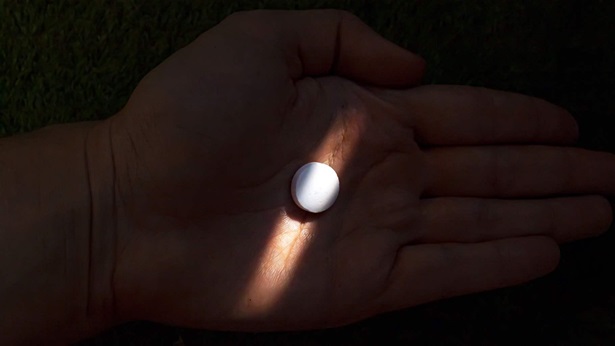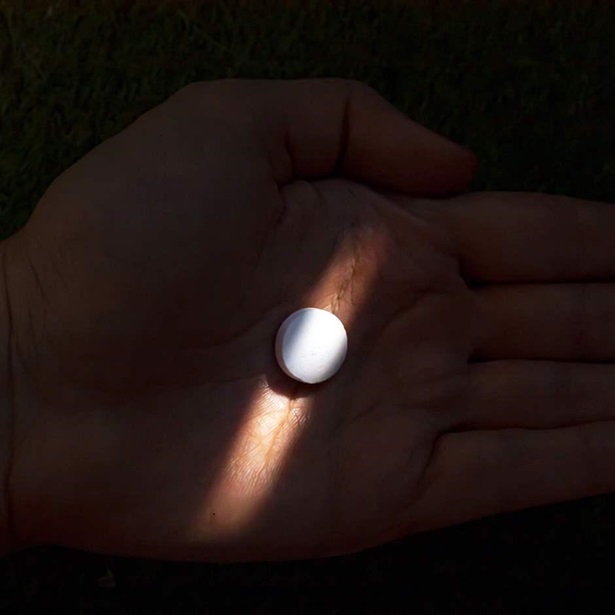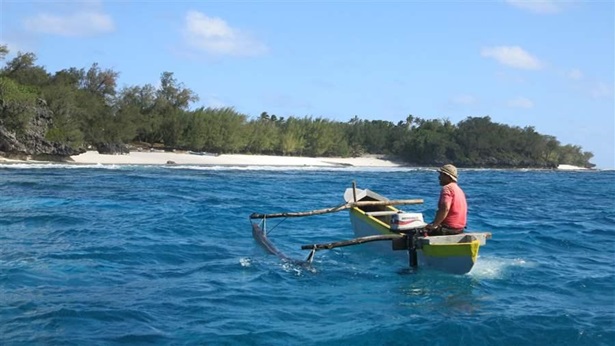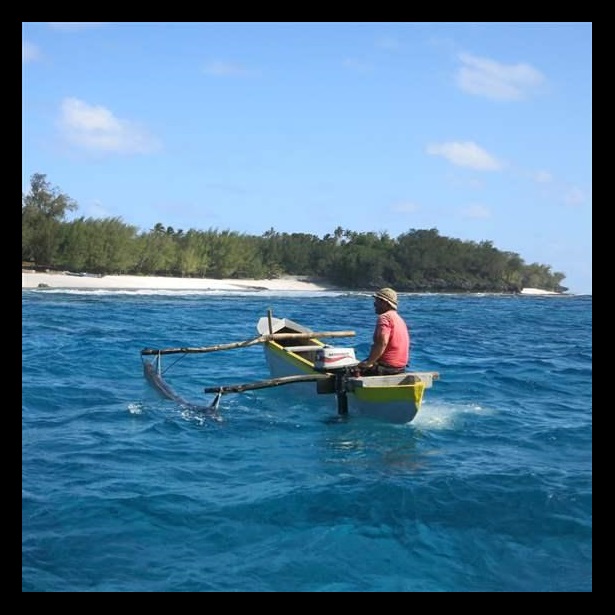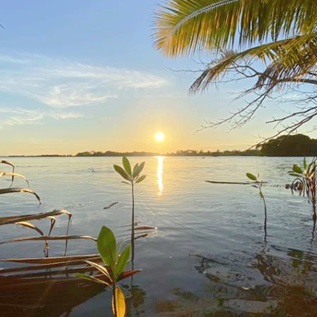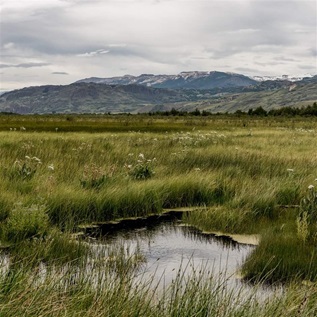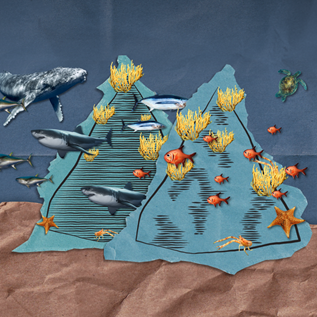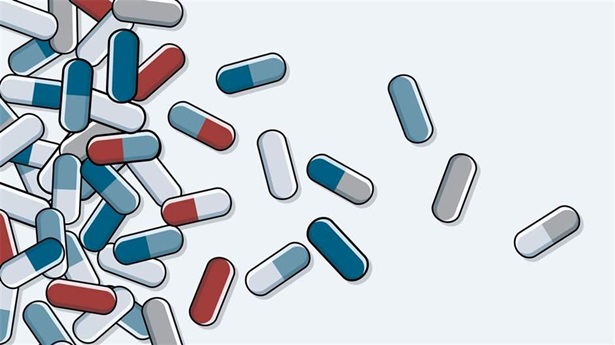French Polynesia’s Austral Islands Take Steps to Protect Their Waters
With strong community support, mayors push for large marine reserve
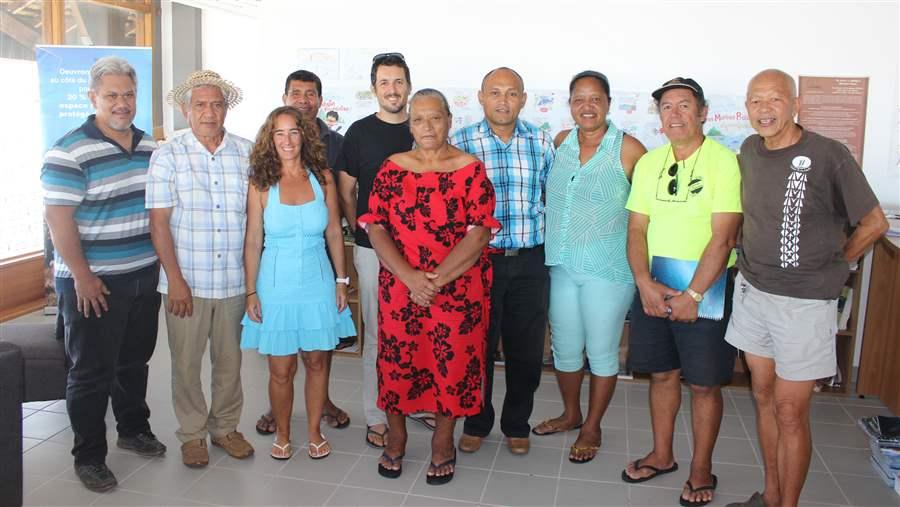 © 2016 The Pew Charitable Trusts
© 2016 The Pew Charitable TrustsElected representatives from the Austral Islands of Rimatara, Raivavae, Rapa, and Tubuai met in September 2015 in Papeete, Tahiti, to discuss the proposed marine reserve.
The five inhabited islands of French Polynesia’s Austral archipelago—Rimatara, Rurutu, Tubuai, Raivavae, and Rapa—have come together to propose to the central government in Tahiti that a large, highly protected marine reserve be created in their waters. If approved by the government, the reserve could be the largest in the world at a potential 1 million square kilometers (386,000 square miles). Establishing this sanctuary in the South Pacific Ocean would help promote the unique culture and heritage of the Austral Islands far beyond the boundaries of the archipelago—and beyond the waters of French Polynesia.
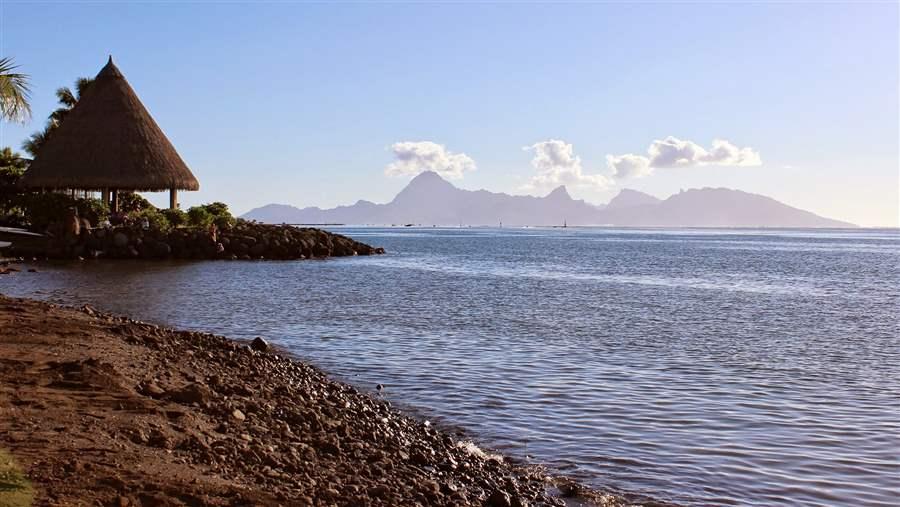 © 2016 The Pew Charitable Trusts
© 2016 The Pew Charitable TrustsFrench Polynesia’s waters make up the world’s largest contiguous exclusive economic zone (EEZ), at almost 5 million square kilometers (2 million square miles). The expanse surrounds five archipelagoes—the Austral, Society, Marquesas, Tuamotu, and Gambier Islands—and is equal in size to the land area of the European Union. The Austral waters, the location of the proposed reserve, cover about one-fifth of the EEZ, nearly 1 million square kilometers (386,000 square miles).
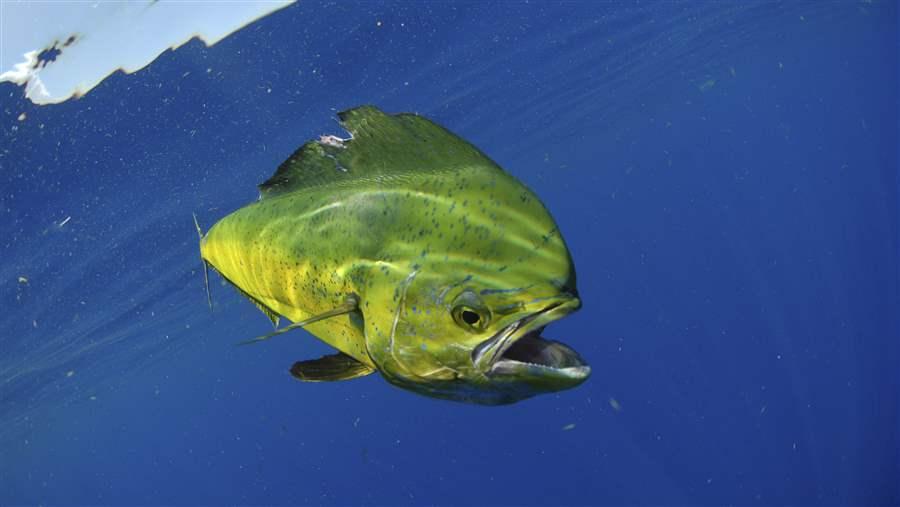 © iStockphoto
© iStockphotoProtecting the pristine waters around the Austral Islands through a large marine reserve would help maintain populations of pelagic fish species—such as tuna, marlin, and mahimahi (pictured above)—that could be fished sustainably outside the designated protected areas.
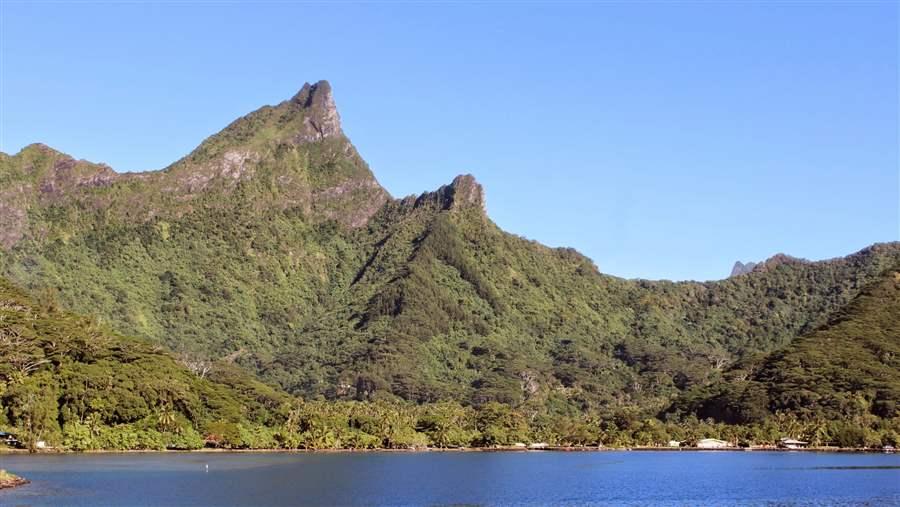 © 2016 The Pew Charitable Trusts
© 2016 The Pew Charitable TrustsFrench Polynesia pledged in 2013 to protect at least 20 percent of its waters by 2020. In 2014, the municipal councils of the inhabited Austral Islands approved a resolution calling for "creation of a large marine reserve in the Austral’s EEZ beyond traditional fishing areas." Such a designation would fulfill French Polynesia’s pledge and help meet broader scientific targets for protecting at least 30 percent of the ocean.
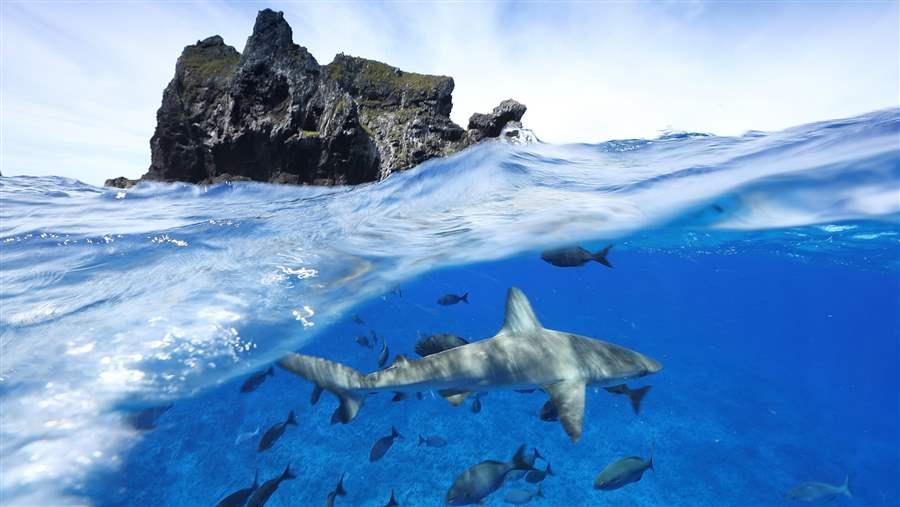 © Manu San Felix
© Manu San FelixThe Austral Islands’ relative isolation has resulted in a high number of species unique to the archipelago’s waters. For example, of the 455 species of mollusk found there, more than 20 percent—98 species—are endemic. The region also hosts three species of sea turtles, 10 species of marine mammals, 14 species of sharks, four species of rays, and 60 pelagic fish species. In the waters off Rapa alone, there are 112 coral species, 150 algae species, and 383 species of coastal fish, 10 percent of which are found only there.
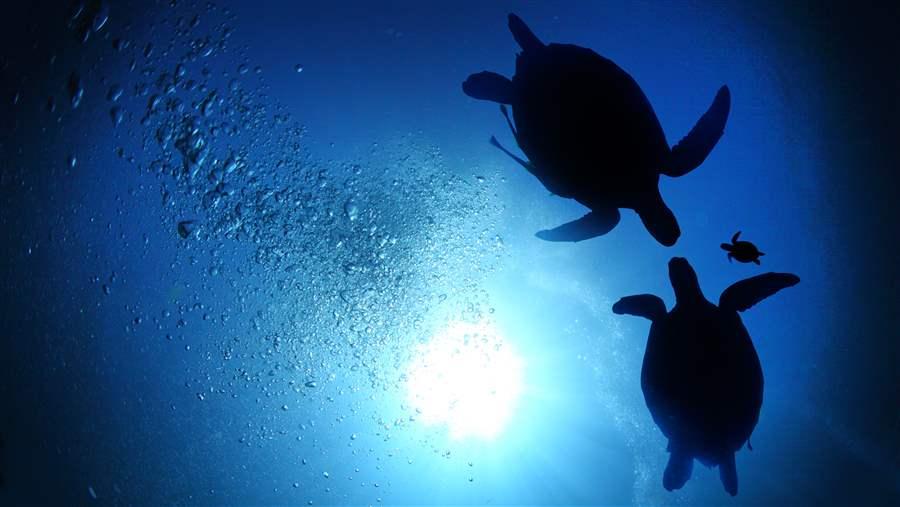 © Shutterstock
© ShutterstockAmong the well-known fauna in these waters are Galapagos sharks, humpback whales that appear annually off the coast, and green turtles that nest on several islands. Establishment of a marine reserve would foster a healthy marine environment for animals and corals that hold significant ties to Polynesian heritage and that also are important for ecotourism.
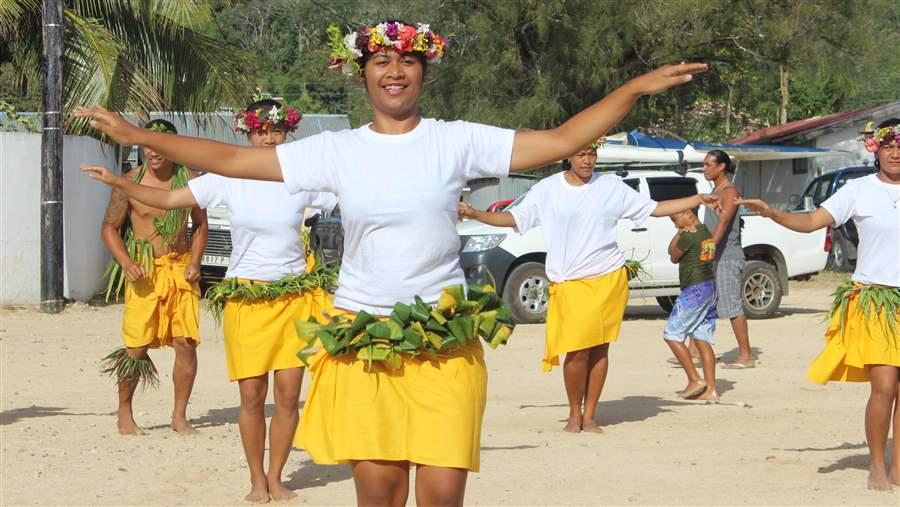 © 2016 The Pew Charitable Trusts
© 2016 The Pew Charitable TrustsThe cultural heritage of the Austral Islands is intertwined with the ocean. Iconic species—sea turtles, sharks, and whales, for example—play central roles in the creation stories of island communities and help define the relationships among society, culture, and the environment. This heritage is reflected in the names given to lagoons, landmasses, and reefs. According to local lore, the island of Raivavae represents a whale, while Tubuai is said to depict the head of an octopus with tentacles reaching out to five other islands.
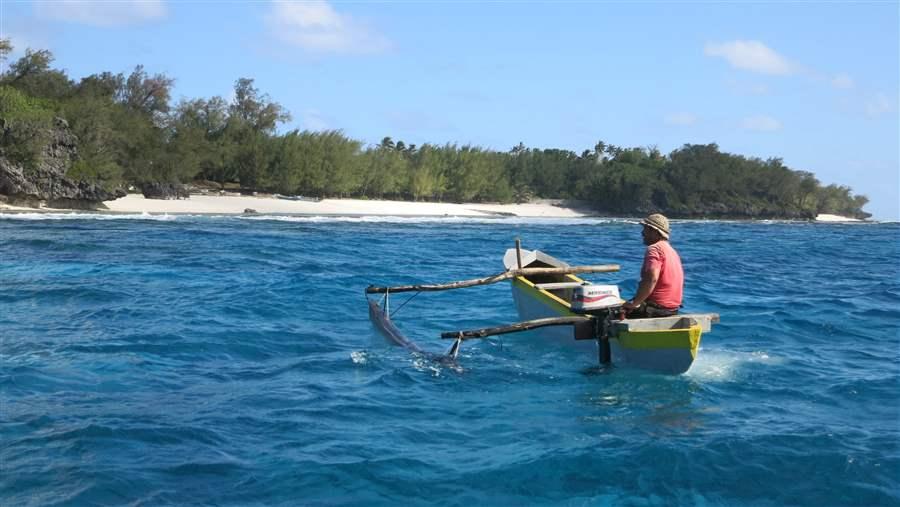 © 2016 The Pew Charitable Trusts
© 2016 The Pew Charitable TrustsToday, industrial fishing occurs in about 40 percent of French Polynesia’s waters and is done by Polynesians who do not use destructive technologies such as seining and trawling. Around the Austral Islands, fisherman typically use traditional methods (as seen in the image above) to meet local food needs. Some 3 million square kilometers (1.2 million square miles) of French Polynesian waters are not fished industrially. That includes the waters south of the Austral Islands, east of the Tuamotus, around the Gambiers, and around the Marquesas. Less than 2 percent of French Polynesia’s industrial fishing is carried out in Austral waters.
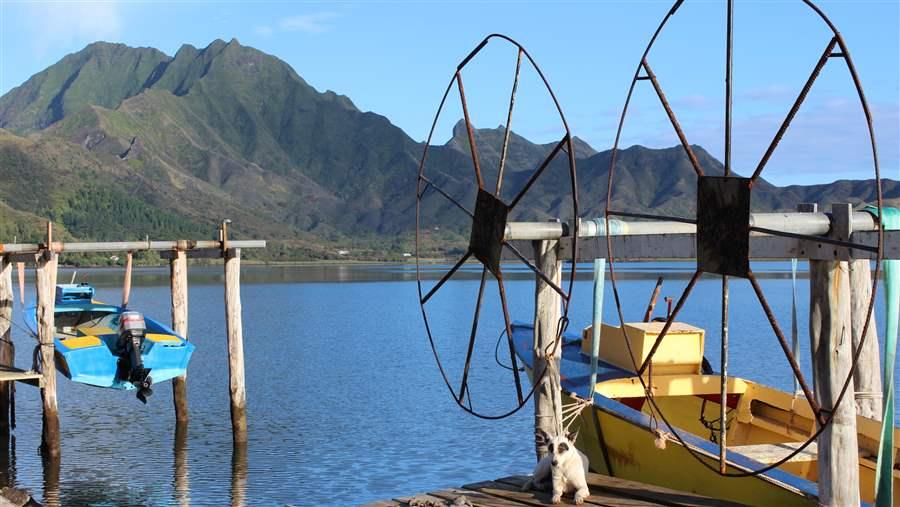 © 2016 The Pew Charitable Trusts
© 2016 The Pew Charitable TrustsThe Polynesian tradition of Rāhui, essentially a ban on fishing in a specific area, aims to protect certain marine species and ecosystems. Creation of a large, highly protected marine reserve around the Austral Islands would uphold that tradition through law.

